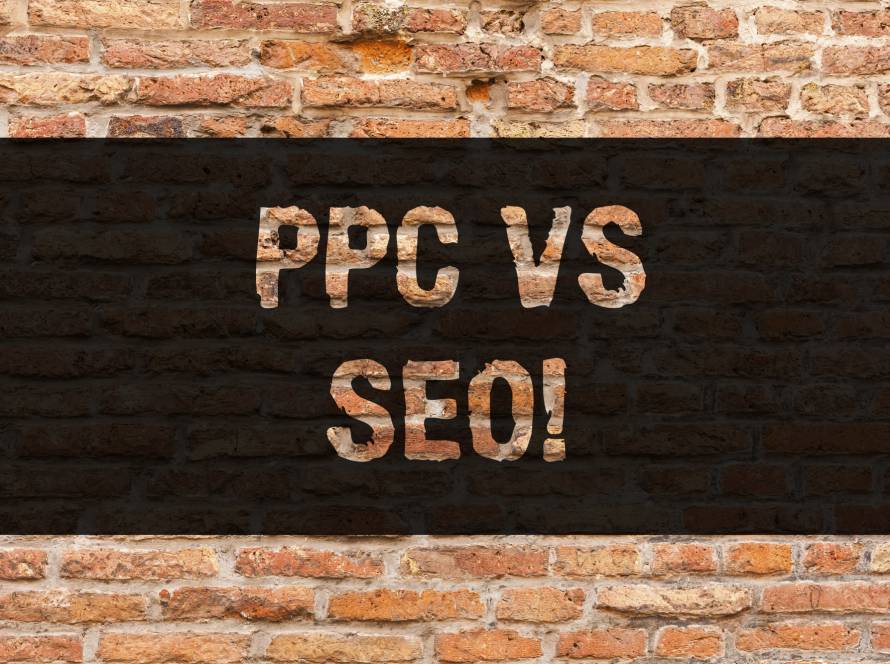Working on your SEO content marketing strategy now helps you succeed in 2022. After all, planning can help you outpace competitors, get a clear vision for your business, and help grow a strong online presence.
If you’re unsure of how to create an SEO marketing strategy, we’re here to help. We’ve assembled a guide to SEO content that will help uplevel your online presence through 2022 and beyond.
Asking Questions
Asking the right questions is a crucial part of any content strategy. With the right questions, you can push past Googling ‘content marketing 2022’ and craft the perfect strategy.
Ask yourself: why are you creating content for your business? Who is your audience, and what are their pain points? Why are they coming to you as the solution to those pain points? And how does your content help present that solution?
Answering these questions will take some intensive research. Building a marketing strategy takes time, effort, and talent. But a huge cornerstone of marketing is simply research.
Asking these questions will help clarify your strategy and keep you from wasting time and money on campaigns that will never succeed.
Study Your Audience
You have to know who you’re targeting. The best way to do that is to create buyer personas. To create a persona, ask the following questions:
- How old are they
- Where do they live
- What is their income bracket
- What is their religion, gender, ethnicity, sexuality, and political preference
- Where do they like to shop
- Where and how do they typically consume content
- What are their pain points and desires
How can you find this information? Start with the customer data available from purchases, website traffic, and any preexisting buyer research you’ve done.
This will help inform your content strategy. You don’t want to waste time marketing on Facebook to broke college students if they have zero interest in your products.
Once you’ve combed through current customer data, conduct surveys. Some people love it when their voice is heard by a favorite company. You may want to offer incentives for survey responses, such as free shipping or a gift card.
You can also conduct interviews, depending on your industry. This is up to your discretion and the type of clients you serve.
It’s also important to gauge whether your current audience is really the one you want to target. For instance, maybe you’ve only made a few sales thus far.
When you comb through existing data, you might see that there isn’t much consistency with this audience. Can you level up and target an audience with more leisure time or more disposable income? This can really help the success of your strategy.
Conduct Keyword Research
Once you know what the audience for your marketing strategy is, how do you intend to reach them? The answer is SEO content.
When people start looking for a solution to their pain points, they may not start by looking for a specific company. Instead, they type generic keywords into Google, hoping to get their questions answered.
People search using buzzy keywords, whether they know it or not. For instance, if you wanted a new pair of shoes, what terms would you type into Google? You’d likely add some qualifiers to filter what you want.
A term like “women’s slingback pink heels” might work. Or, you might use “women’s slingback pink heels under $50”. That’s a natural term someone might use for a quick shoe search.
Shoppers are getting savvier by the day. Many are Internet natives and didn’t grow up with anything but a digital playground for them to exercise their skills on. They know how to search to get the fastest, most accurate results possible.
As a business, you need to know what customers are searching for and how it matches up with your products. There are great tools like Google Keywords or SEMrush that help you conduct keywords research.
You’ll be able to see which ones you’ll be able to target. It’s a balance between what customers are actually searching for and how difficult it will be to actually rank for a certain term.
For instance, ranking for a term like ‘pink heels’ will be challenging. You’re facing stiff competition to make it to #1 on Google’s search rankings. Using long-tail keywords, which are more specific, is easier to rank for.
Audit Your Content
When you’re crafting an SEO content strategy, it’s important to take stock of what you’re working with. Setting a new plan based on buyer personas and keyword research, and content types are crucial.
But you’ll never make progress unless you audit what you’re already working with. This includes landing pages, blog posts, social media copy, advertisements, product descriptions, and more.
This is important for two reasons. Branding guidelines evolve over time, and your messaging should too. You may find that verbiage you used two years ago doesn’t fit your company brand now.
Updating this is crucial to maintain brand consistency across all of your digital content channels. But it’s also important for SEO content purposes.
You should audit and update your content regularly to include the best keywords that you’ve recently uncovered. Google ranks your site based on alt text, meta descriptions, and so many other tiny page elements that are easy to overlook.
When you audit your content, take advantage of the opportunity and update it. This will give your online presence a big boost, and you’ll likely see noticeable improvements over time.
Creating an SEO Content Marketing Strategy
When you’re crafting an SEO content marketing strategy, take the time to build from the ground up. SEO content success is a cumulative process, and it certainly doesn’t happen overnight.
As you build your strategy with an eye toward 2022, remember that constant learning is key. Keywords change, algorithms change, and user content preferences change. If you stay on top of these changes, you’re more likely to succeed.
If you enjoyed this post, check out the rest of our articles here!



